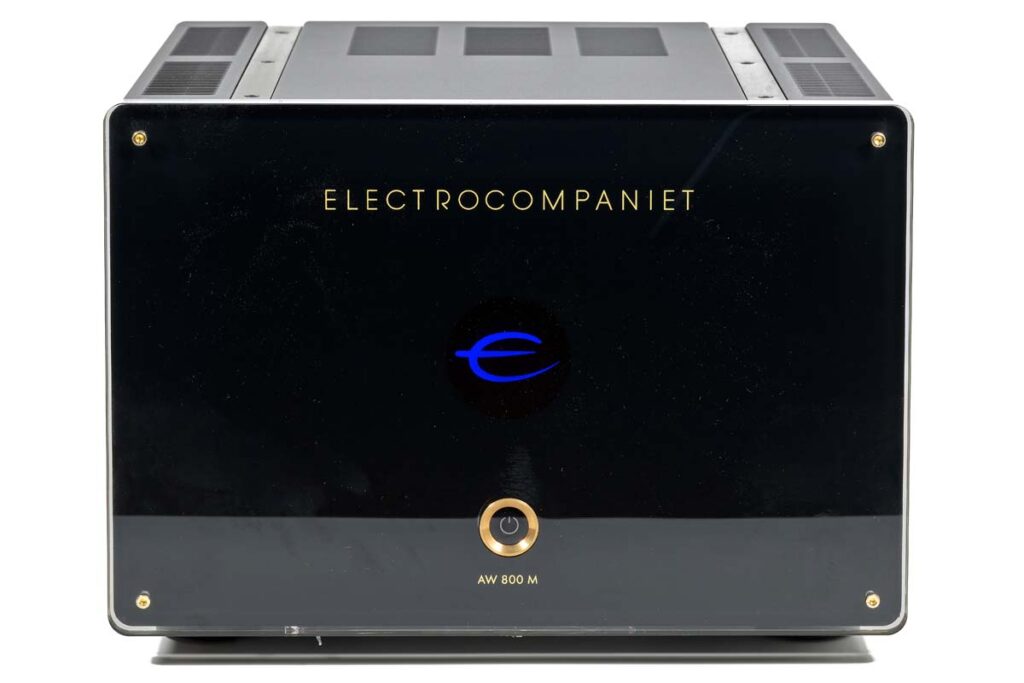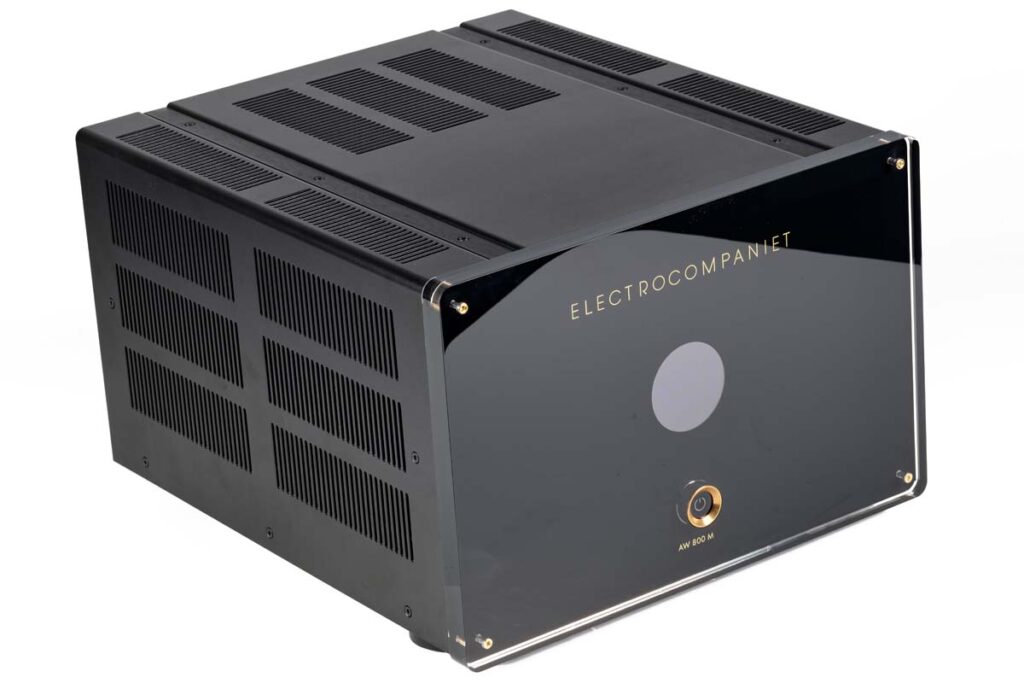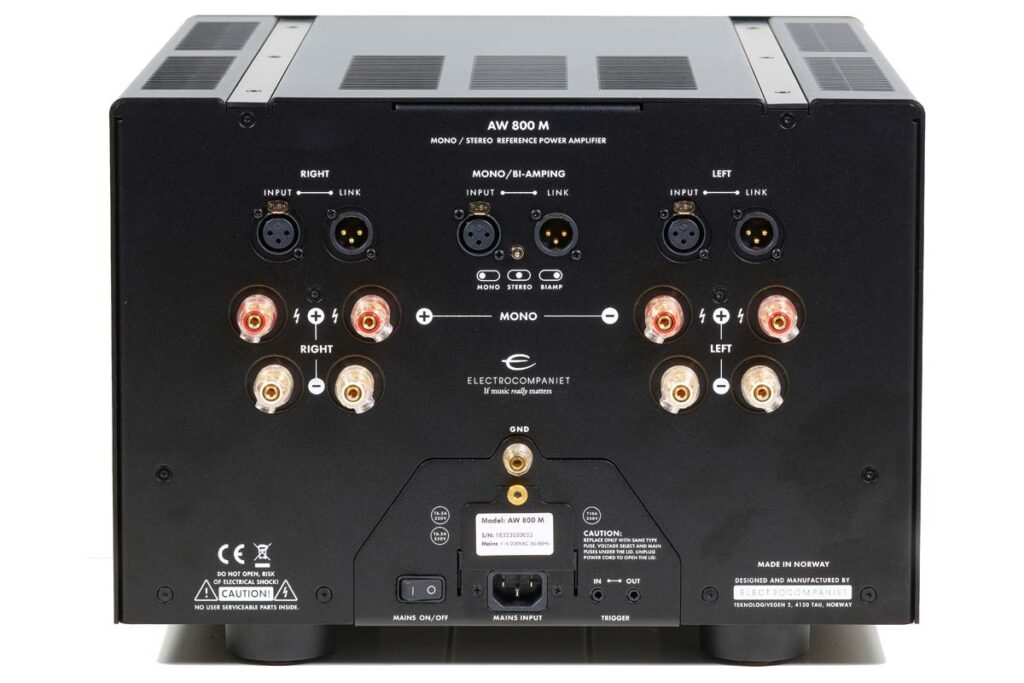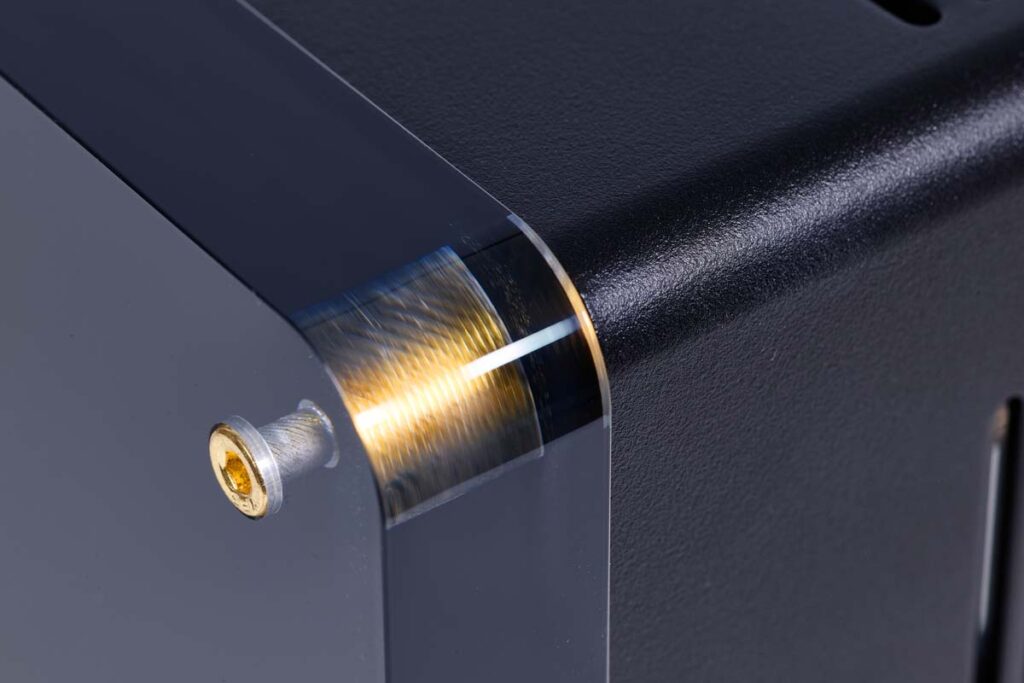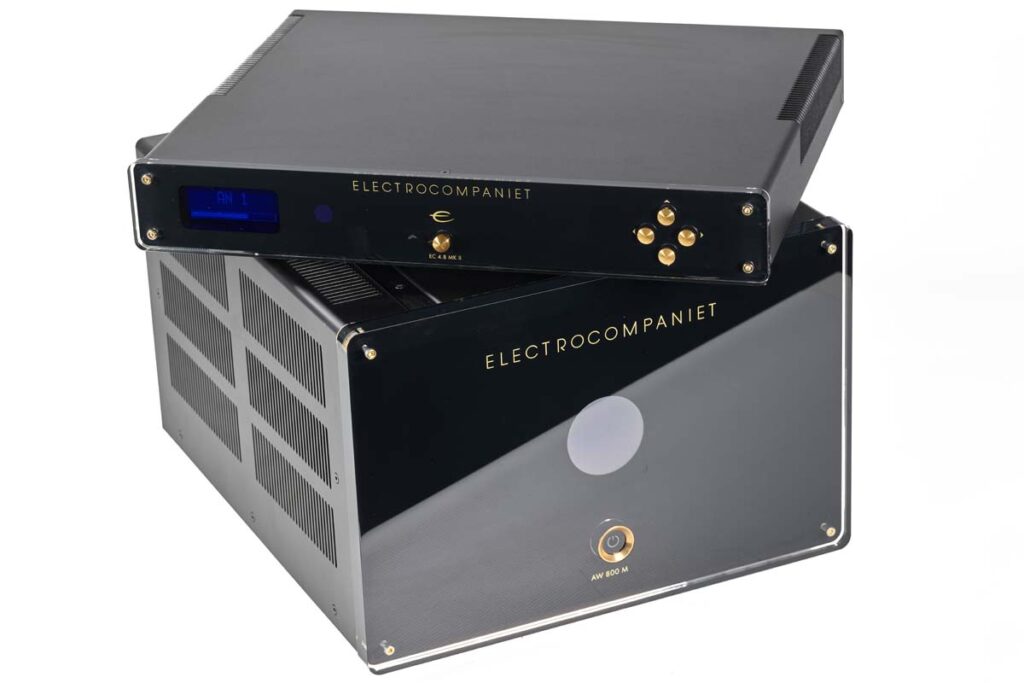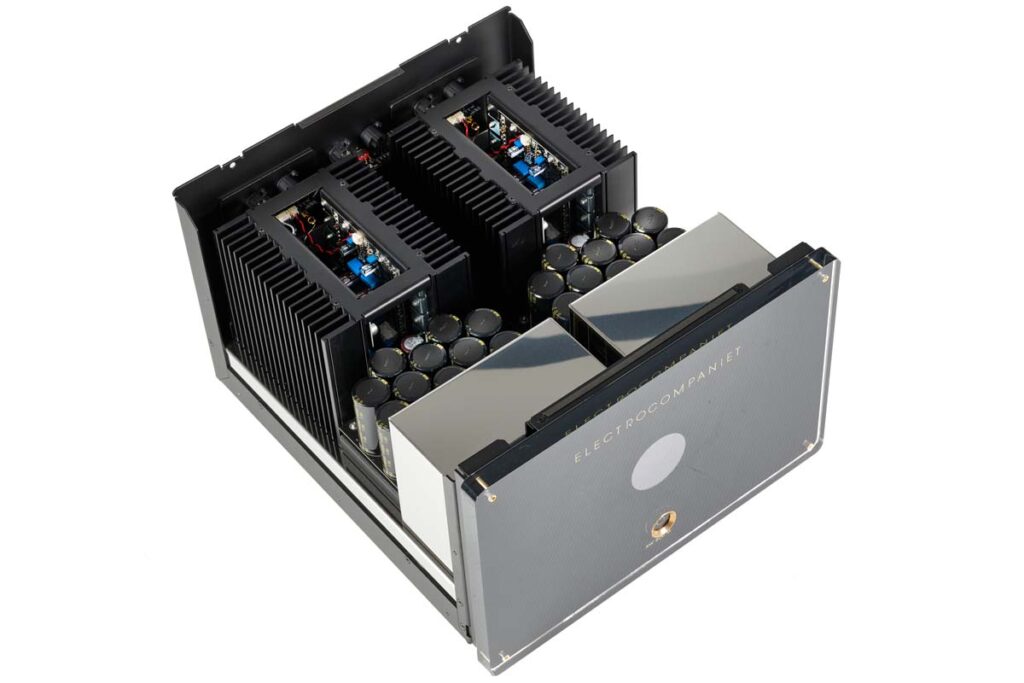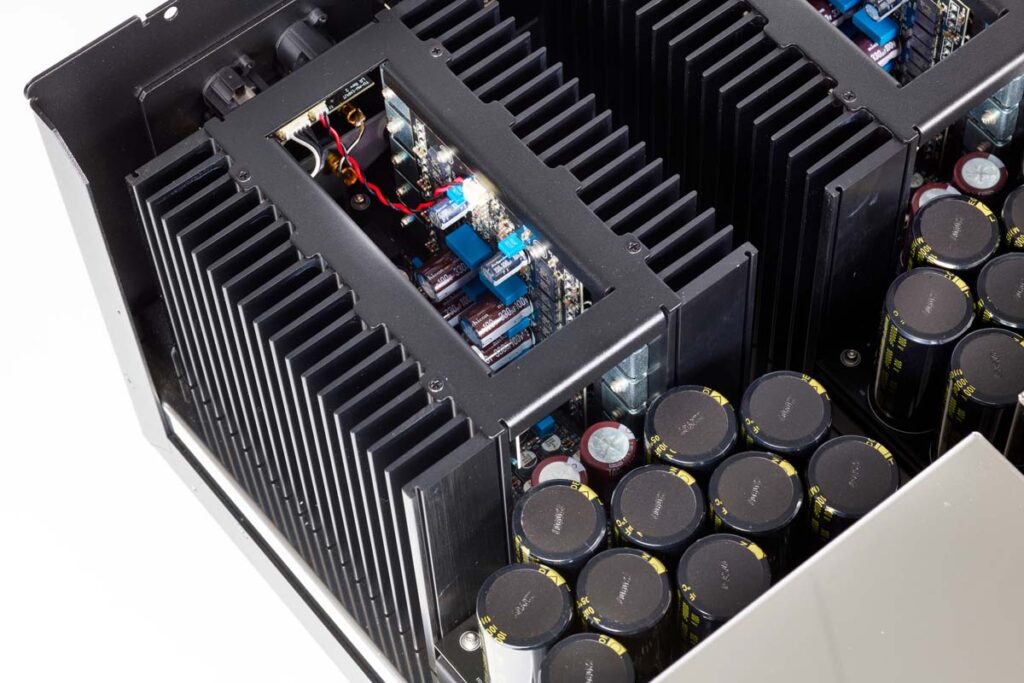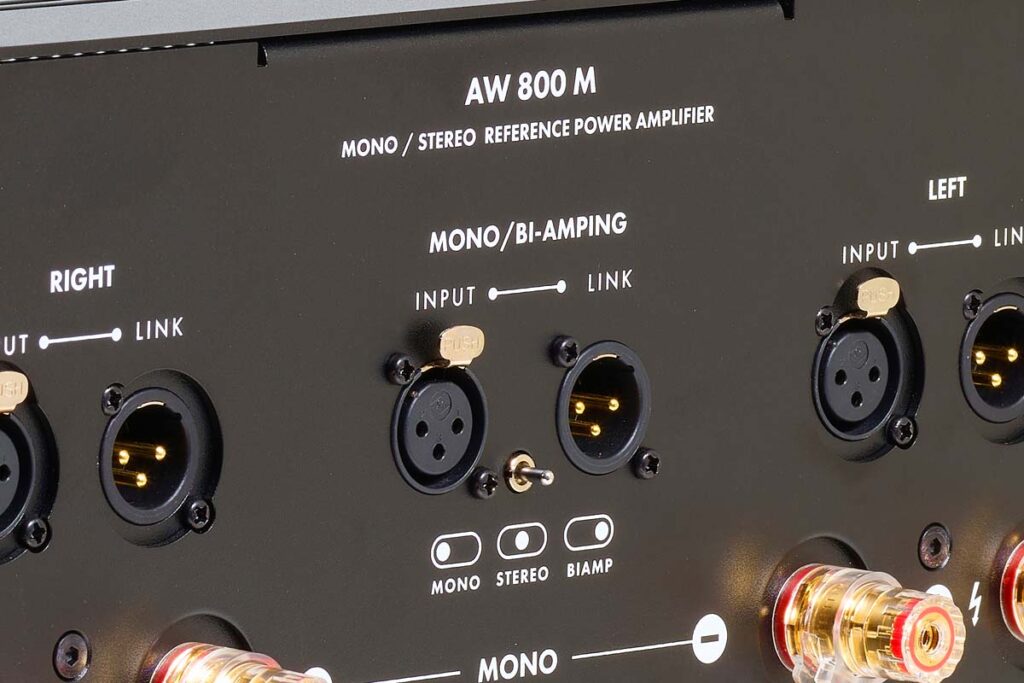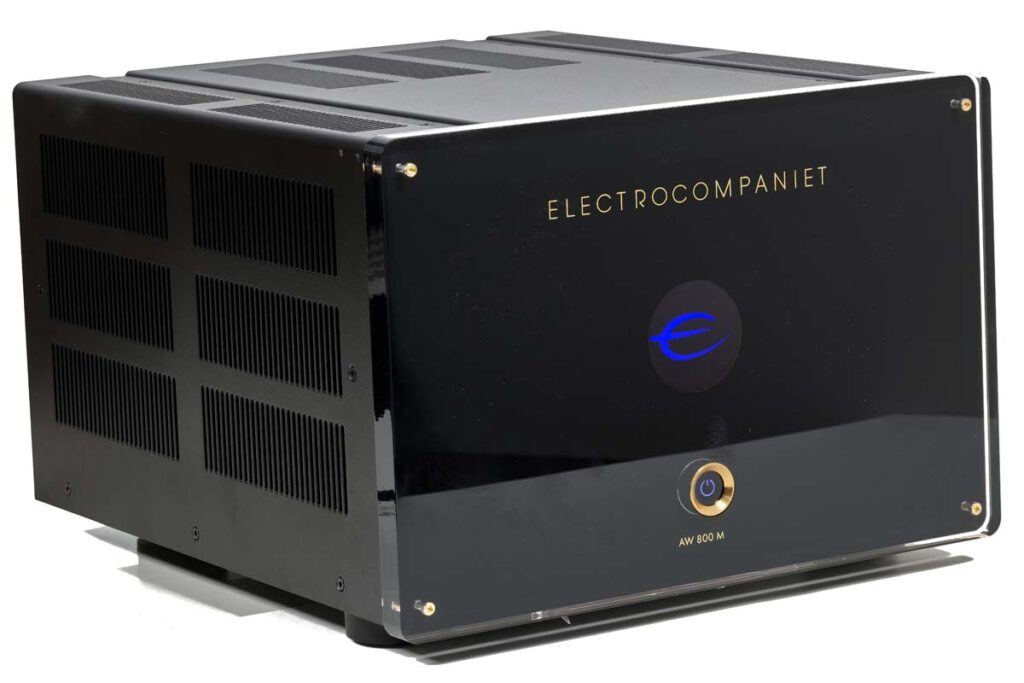Half a century ago, they built the mother of all modern solid state amplifiers. Today, they demonstrate that the same approaches are still as future-proof as ever.
James Watt did not build the world’s first steam engine. But it was he who dramatically improved its efficiency by making some crucial improvements to the concept, ensuring that it could quite literally become the motor of the industrial revolution. Nor did Electrocompaniet build the world’s first solid state amplifier. However, it was the Norwegians who dramatically improved the sound quality of the concept by making a number of decisive improvements, thus making an important contribution to its widespread acceptance.
Of course, the impact of Electrocompaniet’s contribution to the world history of engineering is hardly comparable to that of the steam engine; nevertheless, it is amazing how the Norwegians managed to pioneer groundbreaking work in amplifier design while remaining largely unnoticed. Let us take a moment to appreciate the scale of their achievement: You are probably familiar with the old audio adage that transistor amplifiers have more power than tubes, but aren’t musical because of their “hard” and “electric” sonic character. This notion is largely based on a phenomenon that Dr. Matti Otala, Svein Erik Børja and Per Abrahamsen put to rest some 50 years ago.
Audiophile detective work
Although the bugbear that had plagued all transistor amplifiers up to that point went by the rather inconspicuous name of “TIM” (Transient Intermodulation), it nevertheless managed to cause lasting damage to the reputation of the semiconductor component in audio circles because it went undiscovered for so long and came to simply become accepted as “transistor sound”. The Finnish scientist Dr. Matti Otala was not satisfied with this simple explanation and therefore decided to get to the bottom of the matter. He first succeeded in identifying these intermodulation distortions as the source of the sound problem. He coined the now accepted name for this effect in a paper published in 1970, in which he described it for the first time. At an AES conference in 1973, he presented a circuit concept for an amplifier that circumvented this problem.
Svein Erik Børja, an enthusiastic audiophile who had been annoyed by the then-typical transistor sound signature for some time, attended this conference and immediately recognized the solution to his problem in Otala’s presentation. Of course, he wasn’t content with a topology that only existed on paper, and so he grabbed the available documents and took them to his friend Per Abrahamsen. He was to build an amplifier based on Otala’s findings so they could then find out in listening tests whether this could really be the answer. The two of them were not the only ones to be impressed with the result: The amplifier, which subsequently went into a limited production run and was quite simply christened “The 2 Channel Audio Power Amplifier”, was praised by the hi-fi press a few years later as nothing less than the best-sounding amplifier in the world – and thus the core of what Electrocompaniet still stands for today was born.
Electrocompaniet quickly developed from a small garage manufacturer into a respected name in the industry, and even if the basic technical approach only evolved over the years and decades, the design philosophy never seemed to grow old – quite the opposite: by 1999 at the latest, the Norwegians had finally secured their place in the eternal list of the best hi-fi manufacturers with the AW 600 mono power amplifier. The design of the “Nemo” (the amplifier was conceived as a suitable power source for the Bowers & Wilkins Nautilus) was so successful that it was not only used in the Abbey Road Studios, but also immortalized the Electrocompaniet name in the form of an acknowledgement to the manufacturer on the cover of Michael Jackson’s HIStory album.
Reinventing the legend
But technology never stands still, and after some 20 years of model updates, the time has come to open a new chapter. Initially, the planned successor model AW 800 M was only intended to be a further development. But in the end, the two developers Geir Svihus and Volker Hunger spent around two years working on the new model and ended up fine-tuning an entirely new amplifier design in countless listening sessions. From the power supply to the speaker outputs, every component has been completely redeveloped. The only thing that has remained is EC’s trademark “Direct coupled high open-loop bandwidth” topology, which makes it possible to get by with a pleasingly low dose of negative feedback and still achieve extremely low distortion figures. Nevertheless, Svihus and Hunger took great care to ensure that the new reference power amplifier is not only visually but also sonically unmistakably an Electrocompaniet – a true heir to the 2 Channel Audio Power Amplifier, but realized with a component and manufacturing quality that Otala, Børja and Abrahamsen could not have imagined in their wildest dreams.
The fact that at first glance the Electrocompaniet AW 800 M could be mistaken for an even bigger and more powerful Nemo is therefore the express intent behind the exercise. In the best high-end manner, the Norwegians have set themselves no upper limits on the hardware side. As the company is now under the aegis of electronics manufacturer Westcontrol and therefore has direct access to state-of-the-art manufacturing processes including SMD components and wave soldering, complex circuits can be made much more compact than two decades ago. Nevertheless, the AW 800 M has put on a whopping 14 kilograms of extra weight compared to the Nemo. The technical specification is just as impressive: With a massive 210,000 microfarads of filter capacity, the power amplifier is good for 800 watts into eight ohms, which almost doubles to 1500 watts into four ohms and rises again to 2200 watts into two ohms – Hunger emphasizes that a conscious effort was made to ensure that the circuitry reacts in an extremely “rigid” way to speaker loads and remains completely unimpressed by even the nastiest impedance swings and phase shifts.
However, the main focus was actually not so much on increasing performance, but above all on extremely low noise figures in order to place the musical events against the blackest possible background. The increase in weight is also largely due to an even more solidly constructed, mechanically unshakeable housing. The toroidal transformers, each swollen to 800 volt-amperes, are now not only magnetically but also electrostatically shielded. As a classic source of noise, particular attention has been paid to the power supply, which features a DC blocker in addition to high-frequency filtering. In fact, Hunger recommends operating the AW 800 M without any kind of upstream power conditioner – sound enhancements are not to be expected, meaning that, if anything, these might just end up restricting the dynamic reserves.
Congratulations – it’s an EC
And the result of these efforts? In my hi-fi life, I have already had several points of contact with Electrocompaniet and am quite familiar with the sound character of the brand – and to spoil it right away: I was basically able to answer the question of whether the new flagship would seamlessly follow in the footsteps of its ancestors after about three bars: it’s a resounding yes.
However, I only noticed this in passing – the first impression that almost made me slide off the couch was the immense stage dimensions that the juggernaut throws into the room. I’m already familiar with Electrocompaniet’s large sound staging, particularly in terms of depth, but I wasn’t prepared for this kind of expansiveness. With “Mr. Kicks” by Oscar Brown Jr. (Between Heaven And Hell), the accompanying brass section is really wide and far behind the speakers. Unlike what I know from some other amplifiers of the brand, however, the stage doesn’t tend to be offset to the rear as a whole: rather Brown’s voice stands with full presence right between the speakers. The precision with which the power amplifier fills the room is fascinating: In the first few bars, the recording has the peculiarity that the voice initially minimally undulates from side to side around the center of the stage before it really settles into its positioning. Although I know the piece very well, I usually have to concentrate to spot this little quirk – the AW 800 M leaves no room for misunderstanding here and tracks the position with impressive precision.
Just like the huge sound stage, the slightly dark, powerful sound character of the power amplifier can be deceptive: For all its opulence, there is absolutely nothing missing here in terms of agility and finesse. A piano is clearly not a typewriter; but when Hiromi Uehara sits down at her instrument, you are always tempted to count the number of strokes per minute. In “Dancando no Paradiso” (Another Mind), my brain struggles to follow the rapid flurry of the Japanese rocket pianist – the Electrocompaniet breaks everything down with casual effortlessness, illuminating the variations in the dynamics of her playing in a completely natural way. As with Oscar Brown Junior’s voice, I was struck by the incredibly organic and smooth mid-range reproduction of Hiromi’s grand piano. This naturalness of timbre is certainly not only due to the tonality, but also to the fine detail resolution: The AW 800 is not the kind of amplifier that sends fine details sparkling prominently across the listening room. Whenever I’m looking for the finest sonic intricacies and internal textures, I can always find them via this power amplifier. However, at no point do they become overly in your face, they are simply there and help shape the overall musical experience in an unobtrusive manner. Clearly, the developers have hit the nail on the head when it comes to EC’s “house sound”. The AW 800 offers exactly what we expect from the brand, but in a concentration that we have never experienced before.
Accompanying Equipment
CD player: Audio Note CD 3.1x/II, Ayon CD-3sx | Network player/DAC: Lumin P1, Aavik S-580 | Integrated amplifier: Aavik I-580 | Preamplifier: Electrocompaniet EC 4.8 MkII | Power amplifier: Burmester 216, Luxman M-10x | Speakers: Wilson Audio Sasha DAW, Monitor Audio Hyphn | Rack: Creaktiv, Finite Elemente | Cables: in-akustik, AudioQuest, WestminsterLab
Stereo power amplifier Electrocompaniet AW 800 M
Concept: bridgeable stereo power amplifier | Output stereo (8/4/2 Ω): 300/600/1000 W | Output mono (8/4/2 Ω): 800/1500/2200 W | Damping factor (8 Ω): > 1000 | Frequency range (input filtering active): 0.5 Hz to 220 kHz | Input impedance: 330 kΩ | Special features: Power supply with DC filtering, magnetically and electrostatically shielded transformers | Finish: Black | Dimensions (W/H/D): 41/30/49 cm | Weight: 55 kg | Warranty period: 3 years | Price: around €21,500 (unit price)
MRV Audio
Hauptstraße 14
82467 Garmisch-Partenkirchen
Phone +49 8821 7309958
info@mrvaudio.de


